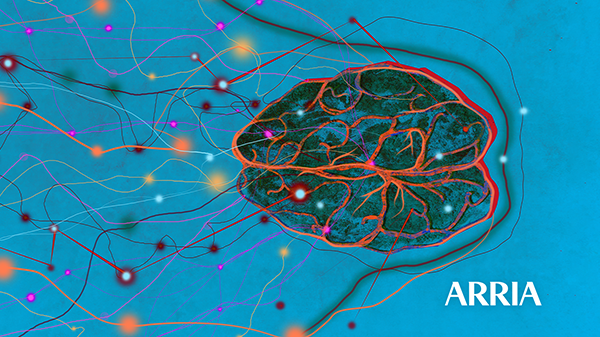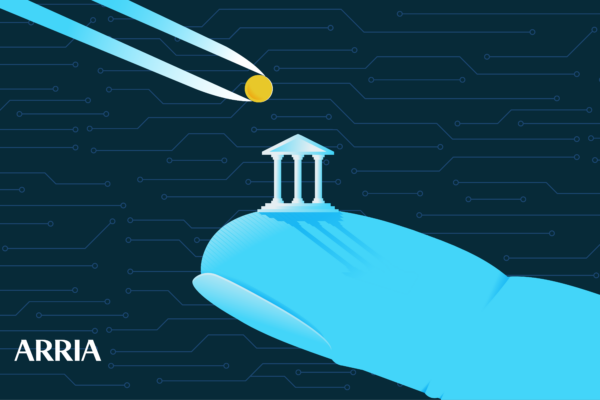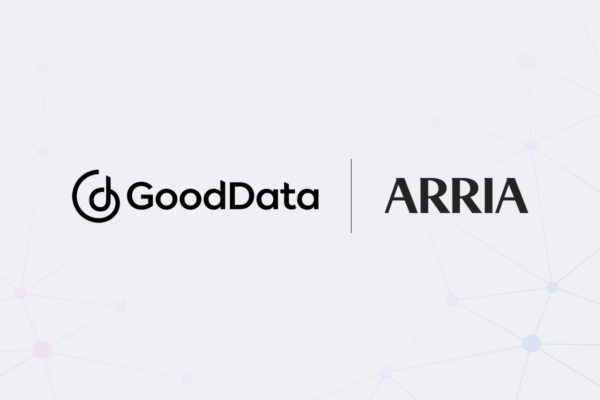
Last week Arria partnered with Tableau to showcase how the Tableau dashboard, when coupled with Natural Language Generation (NLG), accelerates and maximizes what your data means. Bryan Zwahlen, SVP of Customer Experience at Arria, Cathy Herbert, SVP of Customer Sales at Arria, and Tom Kern, Lead Solutions Engineer at Tableau, conducted a webcast to explore how NLG vastly enhances the Tableau dashboard.
Arria is the world leader in NLG; we have the greatest concentration of NLG expertise. Our main development center is in Aberdeen, Scotland, where Professor Reiter and Dr. Sripada, both leading NLG figures internationally, still teach at the University of Aberdeen.
Tableau’s mission is to help people see and understand data. It’s not just about analysts being able to do this, it’s about making an interaction with data accessible to all people.
Here are the 13 key takeaways:
-
What is NLG?
NLG is an Artificial Intelligence (AI) technology that analyzes structured data (think of data tables or spreadsheets) and creates a written or spoken narrative explaining what the data means. Arria develops NLG models that understand what we want to learn about the information, so the AI knows exactly what to explain to us. Think of NLG as the communication layer of AI.
-
Augmented Analytics:
Machine learning, NLG, NLP, and NLU. We are using these technologies to generate insights and explanations from data. We can look at the data underlying a dashboard and explain the insights. We use natural language queries and natural language understanding to enable you to ask a question of your dashboard and receive an answer.
-
Why is NLG Important?
It’s important because it makes information accessible. It tells your user what the data means and what to do next. NLG capabilities are paramount to the goal of democratizing data understanding. It’s not only about unlocking the data, but it’s about saving your organization so much time by sharing the insights in a way that is understandable to everyone.
-
Get more information than your dashboard can give.
Dashboards are becoming commodities, and users are expecting more. We have the expectation in our daily life: Siri, Amazon, Uber, etc., provide information quickly and use AI to help predict what we want to know. We have become used to instant responses, instant information. Augmented analytics are there to help you take the next step. NLG asks questions of your data. If there is an outlier, AI can tell you WHY. NLG tells us what happened, what is happening, and what will happen. Moving from seeing to understanding. NLG means that there is no need to interpret the visuals, the visuals take the supporting role – the text explains the data to the end-users.
-
The days of having a centralized report factory are waning.
The people who are closest to the data are the ones who can draw the most insights, assuming that they are equipped with the tools and the data literacy to do so.
-
A Data Culture is emerging.
This is a bigger conversation than Tableau and Arria. It is really about the collective behaviors and beliefs of people who value and encourage the use of data in making decisions. The goal of data culture is to equip all the people in your organization to be data-driven. Data literacy is a core competency as part of the shift to data culture.
-
Save Time:
The time spent drawing insights and visuals is recovered and can be used for better productivity.
-
Self-service analytics.
If people are data literate with a dashboard up and running, you have 24-hour access to your data and what it means. It is designed as a concept to lower the bar for interaction with data. Makes an organization more efficient and stops the robotic tasks.
-
Data literacy: Dashboards alone no more:
Perhaps 30 percent of managers understand how to leverage their dashboards, and it can take years of experience to gain those skills. NLG allows a new employee to have the same level of access to data and data understanding.
-
Quality of Narratives:
Analysts love to look at data and understand it, but they don’t love to write. NLG takes that burden off them and improves the quality of narratives. Storytelling is one of the oldest and most impactful forms of human communication, yet many analysts aren’t storytellers.
-
Consistency:
Using NLG helps protect the company voice – eliminating the need for QA in the narrative, as NLG can learn and reinforce your company voice.
-
Data processing, not storage.
Arria NLG takes structured data, processes it, and sends it to the NLG engine, and crafts narratives. We don’t store any of your data.
-
Integration now and in the future.
Arria NLG is built on a restful API with multiple deployment models. It’s easy to work with partners who need to integrate this into their existing technology. We have integrations with all the major BI platforms. NLG Everywhere is our motto.
As Tom Kern so eloquently said in the webcast:
“People working with dashboards have one goal: how do we understand our data and help our business do better.”
If you’re interested in learning more about how NLG can help you glean more insights from your Tableau dashboard, we have a hands-on workshop on November 18th.
If you’re a MicroStrategy user, join our Microstrategy road tour and learn how to get more value from your dashboard.
{{cta(‘b28d63c0-8599-416f-a424-a5b9ced552f0’)}}
{{cta(‘a169662b-fb4a-4633-80d1-c614abd965ef’)}}



